Coronavirus: Canberra draws evacuation plans for Australians trapped by crisis
The Australian government is drawing up a China plan to evacuate Australians trapped by the coronavirus crisis as NSW health authorities investigate a fourth possible case of the deadly illness in the state.
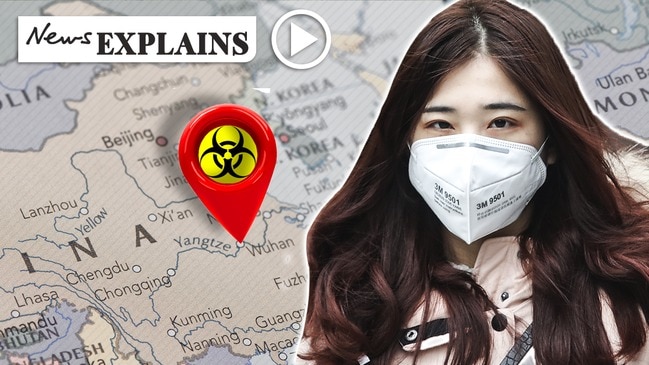
NSW
Don't miss out on the headlines from NSW. Followed categories will be added to My News.
- Fifth Aussie virus case as death toll climbs
- Fresh fears over China virus spread amid more deaths
- Schools on alert for coronavirus symptoms
Australians trapped in China by a travel ban imposed to stop the spread of a killer virus are being considered for emergency evacuation as the death toll rises.
The federal government was last night drawing up plans to assist Australians on the ground in the Chinese province of Hubei, where the new coronavirus outbreak started, while health authorities scrambled to contact people recently arrived in NSW who may already have been exposed.
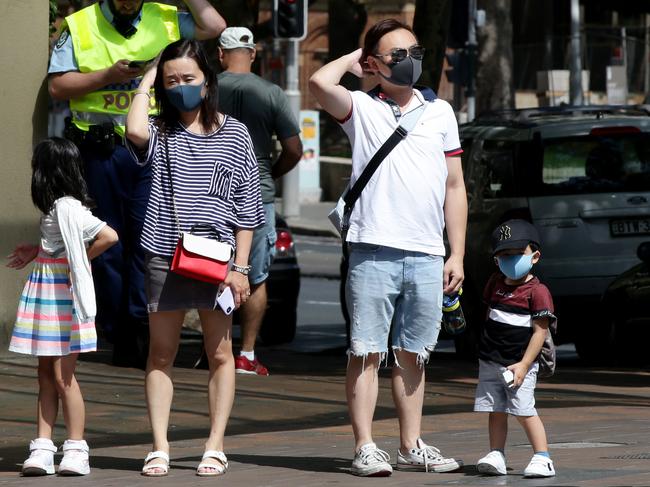
NSW health authorities were on Sunday investigating a fourth possible case of the virus after a patient tested positive during a preliminary investigation, with confirmation expected today.
Three men aged 35, 43 and 53 tested positive for the virus in NSW on Saturday, just after a Melbourne man in his 50s became the first confirmed case in Australia. All four had recently returned from China.
State health officials were on Sunday rushing to contact every passenger on the same flights as the men, though only the 53-year-old who flew to Sydney on China Eastern flight MU749 on January 20 is believed to have been contagious while travelling.
At least 56 people have died and more than 2000 cases of the novel coronavirus have been confirmed worldwide, the majority of which are in the city of Wuhan, where doctors and residents have reported overwhelmed hospitals are turning patients away.
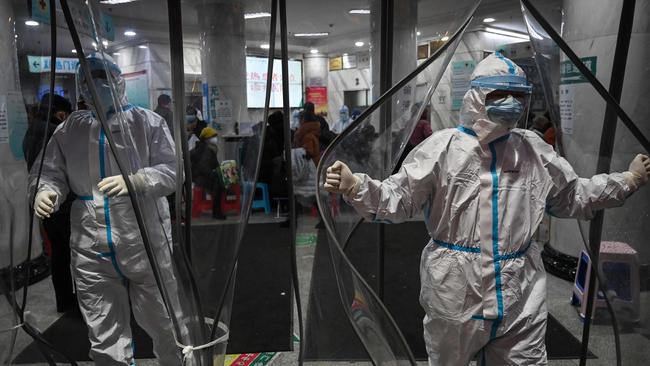
Foreign Affairs and Trade Minister Marise Payne on Sunday confirmed the government had sought advice from Chinese authorities about what could be done to help Australians in the Hubei province, which was placed into lockdown last week in an attempt to contain the virus.
“The Department of Foreign Affairs and Trade is working very closely with Chinese authorities and international partners to consider possible assistance with travel for Australians from areas that are affected by Chinese travel restrictions,” she said. “Our embassy in Beijing and our consulate in Shanghai are also working … to determine what support can be given to Australians on the ground.”
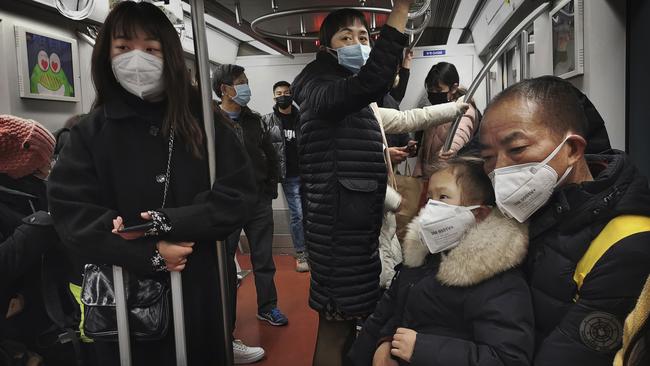
The US State Department plans to evacuate Wuhan consulate staff and offer a limited number of seats to other US citizens on a flight out of the city scheduled for Tuesday.
The UK is also considering options to evacuate up to 200 of its citizens believed to be trapped in the region.
NSW Health on Sunday cleared four people who were being investigated after presenting with virus symptoms, which can include a fever, cough, sore throat, headache or runny nose. There is no known cure so the virus can only be treated with “supportive care” such as the provision of oxygen, or for serious cases, being placed on an artificial ventilator, if breathing becomes difficult.
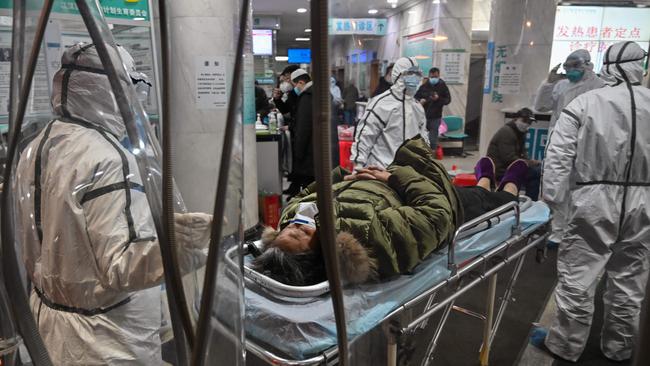
UNSW Professor of Global Biosecurity Raina MacIntyre said so far the majority of patients who died from the virus were men over the age of 60 who had other illnesses such as diabetes, asthma or chronic lung conditions.
“In general if you’re younger and healthier, the better you can survive any infection,” she said.
The coronavirus death rate is about 2.8 per cent, but Prof MacIntyre said this jumps to 15 per cent in more serious cases where the person is hospitalised, and 38 per cent if they’re placed in intensive care.

She said this death rate was not likely to be reflected in Australian hospitals, where there were significant resources and patients were placed into isolation.
Meanwhile, hospitals in the Chinese province of Hubei are being overrun with patients and supply shortages have been reported.
Video taken in a hospital in Wuhan on the weekend showed long queues of masked patients and exhausted staff in tears.
A doctor who was treating patients in China has become the first frontline medic killed by the virus.
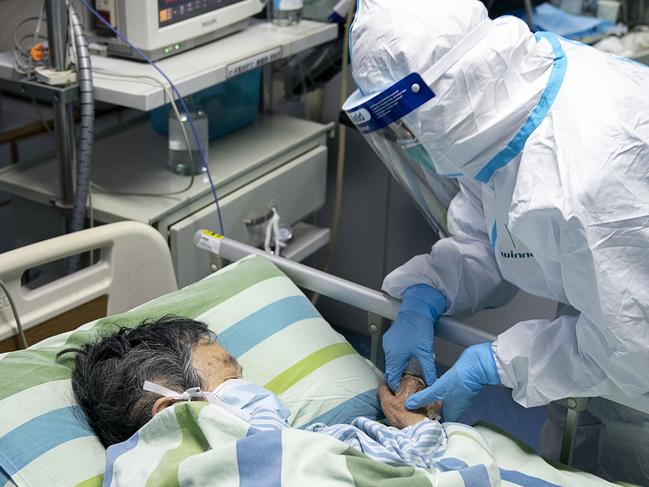
Australia’s Chief Medical Officer Brendan Murphy said since the lockdown of Hubei province the risk of infected people coming to Australia was “lower than it was before that time”.
“However because people could have left the province before the lockdown and could come to Australia via a number of flights, we are now meeting every flight from China and providing the passengers with an information sheet asking them to identify themselves if they’re unwell on the flight,” he said.
Prof Murphy said travellers were also being asked to call a GP or emergency department if they become unwell after arriving in Australia.
Originally published as Coronavirus: Canberra draws evacuation plans for Australians trapped by crisis
